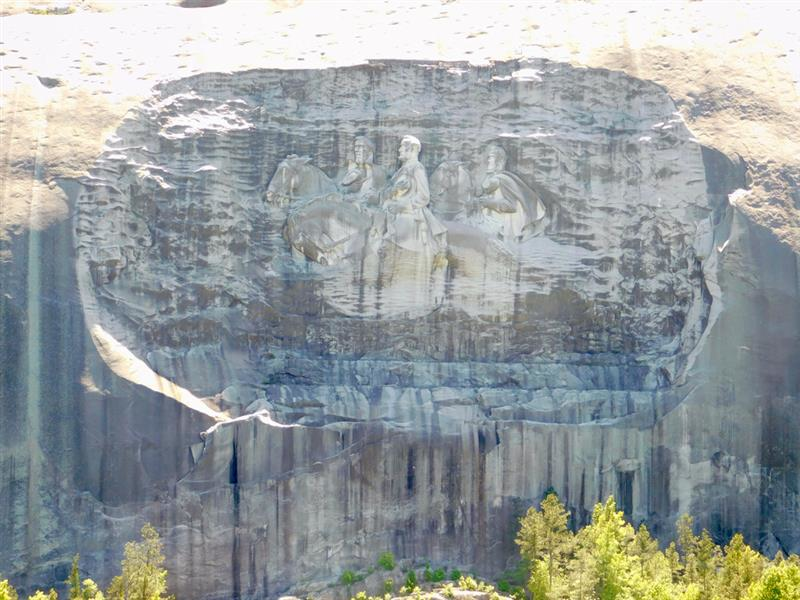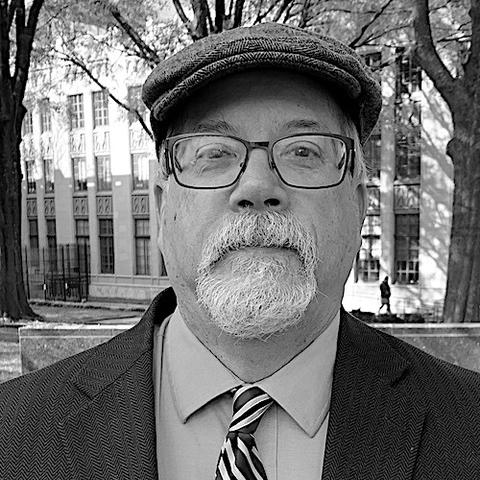
Caption
The Stone Mountain carving was sculpted during the last century over a period of decades, a time that saw the rebirth of the Ku Klux Klan at a 1915 gathering atop the mountain and the 1954 U.S. Supreme Court order desegregating schools.
Credit: Tristan Smith/GPB

